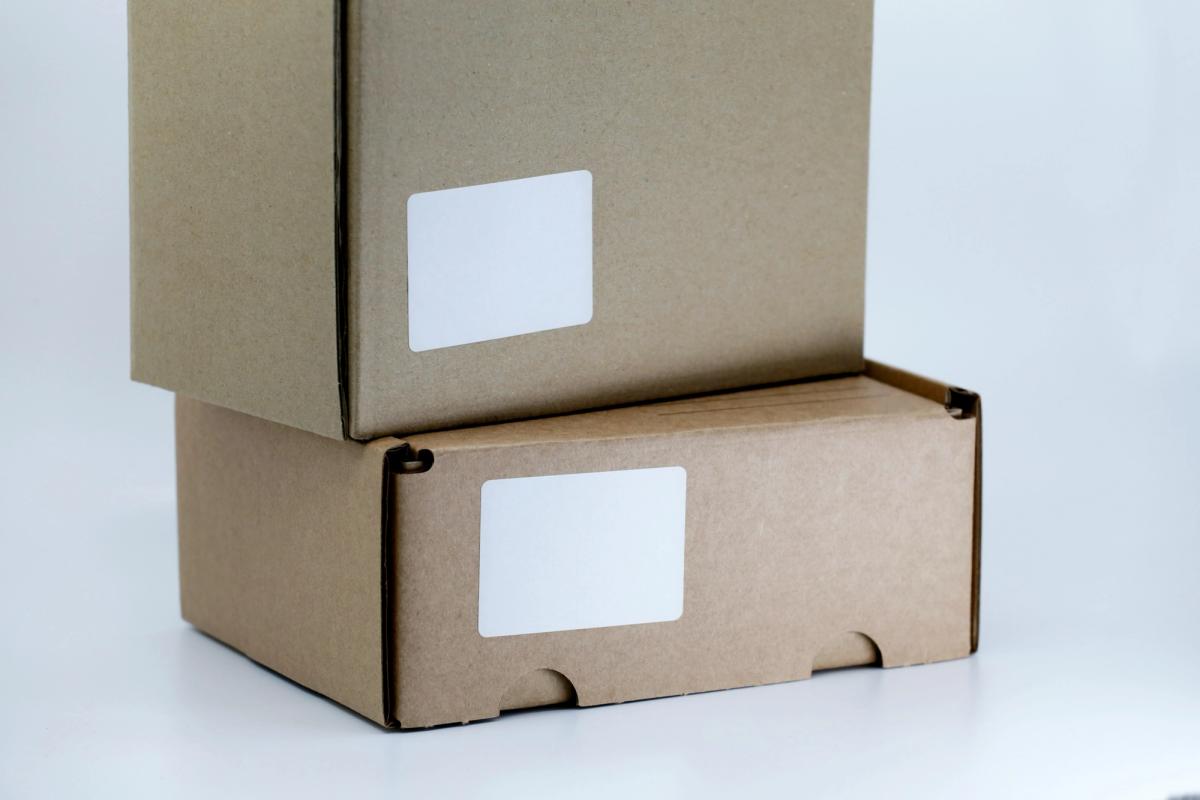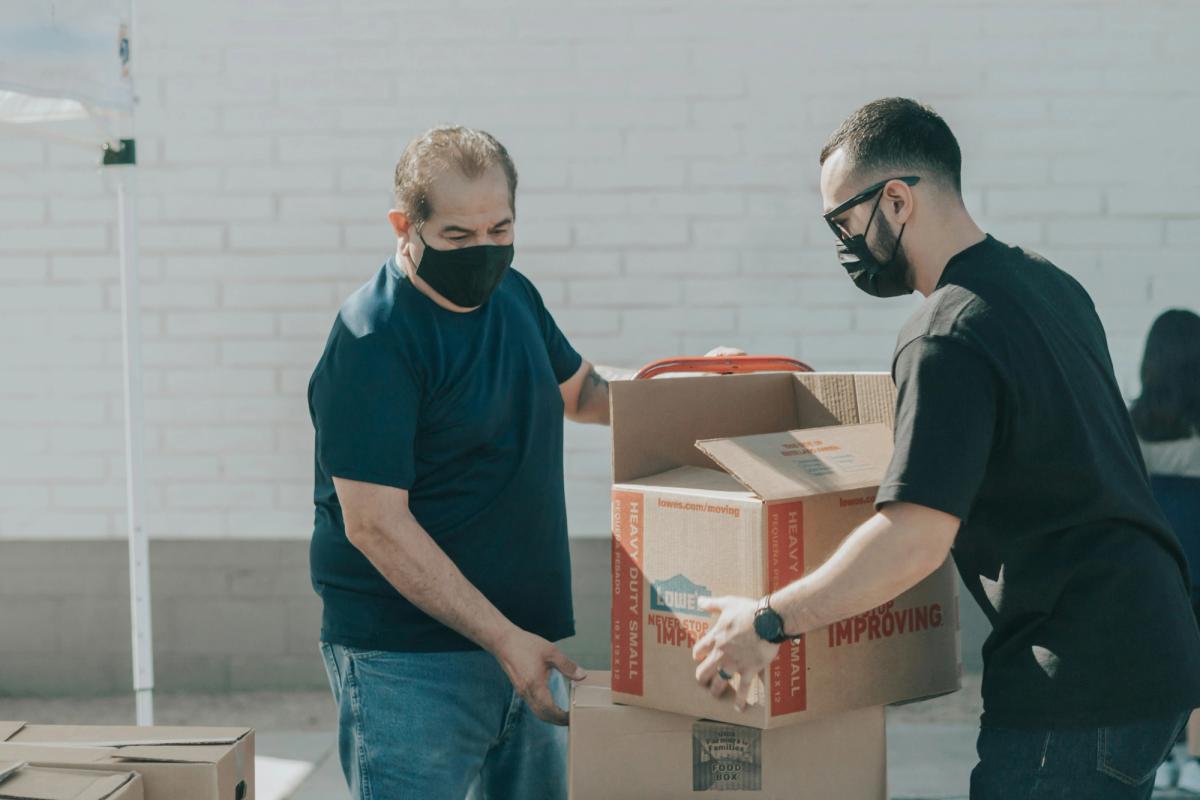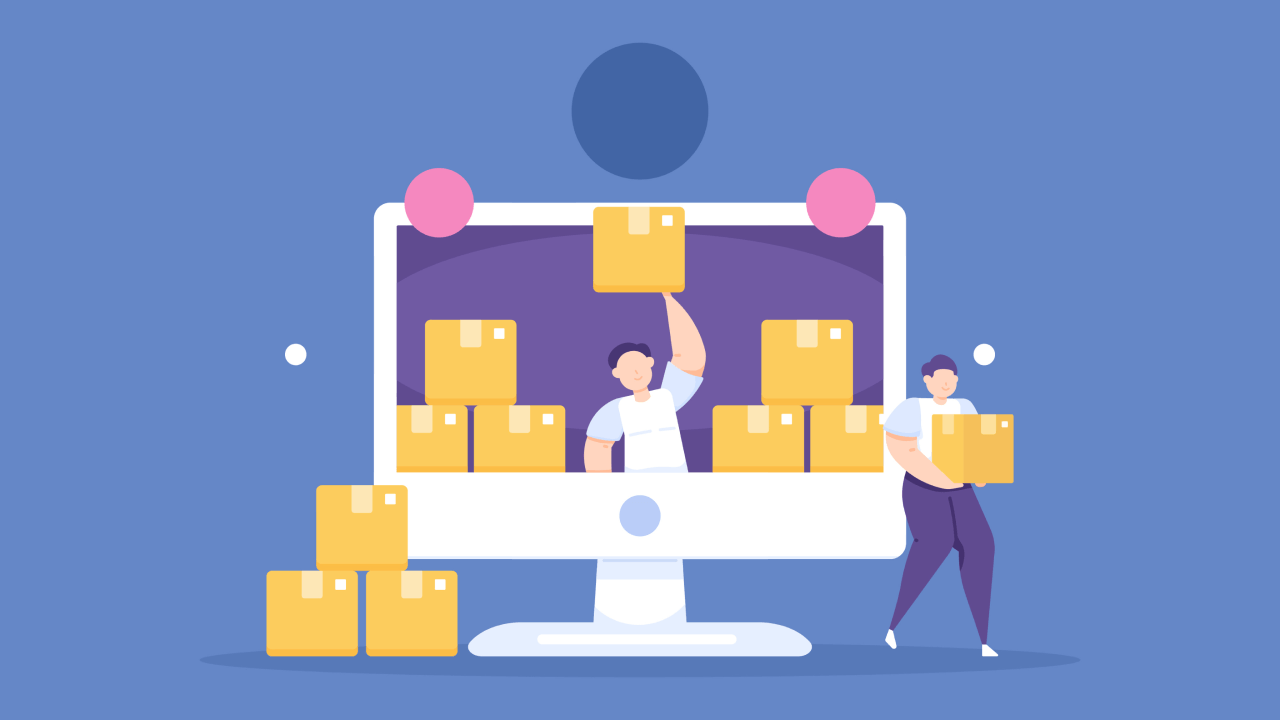You launch a store, run ads, and wonder why carts keep emptying; gaps in product research, supplier vetting, and customer service often show up inside your dropshipping marketing strategy. Many beginners pick low-quality products, ignore shipping times and return policies, set the wrong price, or skip conversion rate optimization and SEO. Want to stop wasting ad spend and fix order fulfillment, inventory management, and store design? This article lays out the top dropshipping mistakes beginners make and provides clear steps to avoid them.
To put those fixes into action, PagePilot's AI page builder helps you create and test product pages, sharpen your copy, and speed up launches so you can convert traffic into sales and protect your profit margins.
Summary
- Dropshipping accounts for 23% of global online sales, which means markets are crowded and the advantage goes to stores that iterate on tests and messaging faster.
- The sector is projected to grow at a CAGR of 28.8% through 2027, making conversion efficiency and repeatable testing the scarce advantages, not product selection alone.
- Supplier reliability is a core failure point: 60% of dropshippers report trouble finding dependable suppliers, which drives tracking issues, returns, and inflated support loads.
- Cost underestimation is typical: an audit of six new stores over 60 days found that every one underestimated recurring app and transaction costs by at least 18%, collapsing early margins.
- Speed and process beat intuition in tests, for example, a rapid-test program with seven stores over eight weeks found standardized pages produced actionable winners three times faster than ad hoc builds.
- Practical operational rules reduce risk, such as mapping three suppliers per core SKU and piloting with 50 orders across three regions to verify packaging, transit, and return handling before scaling ads.
- This is where PagePilot's AI page builder fits in: it helps teams compress page iteration from days to minutes and push rapid variants to Shopify for faster testing of pricing, shipping, and creative.
What Exactly is Dropshipping?

Dropshipping is a retail fulfillment method in which you sell products online without stocking them yourself: when a customer buys, you forward the order to a supplier who picks, packs, and ships it to the buyer. The model removes inventory and warehousing costs but shifts control of logistics and product quality to third parties, which becomes the real operational challenge.
Why Does Supplier Control Matter?
This model hands the logistics baton to suppliers, so their reliability becomes your customer experience. That tradeoff shows up as delayed tracking numbers, inconsistent packaging, or unexpected returns, and those gaps translate directly into higher support load and lower repeat purchase rates.
This pattern is most evident when teams scale tests quickly without standardized supplier SLAs: what worked at 10 orders per week breaks down when you hit 200, because manual fixes stop scaling.
What Can You Actually Focus on Instead?
Dropshipping lets you focus on product-market fit, marketing, and conversion mechanics rather than warehousing. With that freedom comes opportunity — and scale: dropshipping accounts for 23% of all online sales globally. Printful’s 2023 report shows that a large share of ecommerce activity already runs through this model, rewarding stores that move faster on testing and messaging.
Where Does Economics Fail Most Often?
Margins collapse when acquisition costs, returns, and supplier fees outpace retail markups, and many newcomers underestimate that. The familiar route is buying traffic, listing a product, and waiting; it works early but becomes fragile as competition and ad costs rise.
The dropshipping industry’s rapid expansion, with a CAGR of 28.8% from 2020 to 2027, means more sellers are chasing the same winners. Conversion efficiency and fast iteration are now the scarce advantages, not product selection alone.
Slow Page Builds Create Creative Bottlenecks
Most teams build and publish pages slowly, because that workflow feels safe.That familiar approach is fine during the first dozen tests, but as you try more creatives, slow page builds create a bottleneck:
- Experiments that should take days stretch into weeks
- Insights grow stale
- Winning angles slip through the cracks
Platforms like PagePilot step into that gap, generating AI-driven copy and layouts and pushing them to Shopify in seconds, so teams compress iteration from days to minutes while keeping consistent templates and tracking for A/B tests.
How Do You Protect Brand and Conversion While Depending on Suppliers?
Do three things consistently: lock down supplier SLAs and backup sources to make shipping noise predictable; use neutral packaging and clear tracking copy to preserve brand perception; and treat each product page as an experiment, not a set-and-forget asset. When teams enforce template-based pages and run tight A/B tests, conversion variance drops and creative wins compound.
Thin Margin Tactics and Explicit Delivery
If your margin is thin, favor higher average order value through bundles or upsells; if shipping times are long, make delivery expectations explicit and test urgency messaging that matches reality. It’s exhausting when everything feels outside your control, and that friction is exactly why speed and reliable page templates matter more than another product idea right now.
Related Reading
- Is Shopify Only for Dropshipping
- Shopify vs WooCommerce Dropshipping
- How to Start Digital Dropshipping
- Branded Dropshipping
- Ghost Dropshipping
- How to Succeed in Dropshipping
Top 12 Dropshipping Mistakes Beginners Make

1. Doing Little Research About Dropshipping
You skip learning from the failed experiments that matter, then discover holes only after payments clear and customers ask for refunds. Poor product and cost research shows up as wrong-sized packaging, underestimated transaction fees, and products that erode margin after returns and advertising.
Underestimated Costs and Stress-Test Margin
When we audited six new stores over 60 days, each underestimated recurring app and transaction costs by at least 18 percent, turning early wins into cash-flow headaches. Fix this by mapping annualized operating costs first, then stress-test your margin at three price points: breakeven, modest win, and sustainable profit.
2. Selecting The Wrong Dropshipping Supplier
Choosing the cheapest listing is a false economy. Warehouse placement, inventory syncing, the ability to add tracking, and return handling all matter far more as order volume grows. Supplier unreliability is common, with 60% of dropshippers struggling to find reliable suppliers, which explains why most support queues fill with tracking and damage tickets.
Build an SLA checklist, pilot with 50 orders across three regions, and require test orders to verify packaging, transit damage, and carrier handoffs before you scale paid traffic.
3. Starting With Too Many Products
A large catalog multiplies creative, logistics, and QA work. Treat a catalog like a lab: run no more than five parallel product experiments, each with a dedicated ad set, one landing page variant, and a single fulfillment path. The failure mode is operational entropy, where return rules differ by product and customer service replies become templated and ineffective.
When stores shrink catalogs to focused bundles, they often cut support time in half and raise conversion clarity.
4. Picking a Niche You Don’t Really Like
If you do not care about the niche, you will miss repeat opportunities and authoritative messaging. Immersion matters because product lifecycle and repurchase patterns differ wildly across categories. Choose niches where you can access real user language, recurring purchase drivers, and community micro-influencers who will actually move units.
Commit to attending one niche event or joining two product-owner groups for 90 days before you scale ads; that depth shows up in copy and creative choices customers trust.
5. Excessive Greed
Markup without a clear value add triggers social proof failure fast. Customers quickly find alternative sources and call out price arbitrage. The right approach is to justify higher prices with demonstrable conveniences, like fit guides, extended returns, or bundled warranties. Test two price anchors: the practical price and the premium with clear benefits, then measure both conversion and repeat rate rather than assuming a higher price equals higher profit.
6. Poor Money Management
Underestimating recurring expenses and failing to reserve runway kills momentum. Cash flow problems often appear after a sudden increase in ad spend or during a month of higher returns. A simple rule: keep three months of operating runway once you scale ad spend beyond $2,000 monthly, and run weekly cash-forecast reviews that include:
- Refunds
- Chargebacks
- App auto-renewals
Automate ledger entries so you can see margin creep before it becomes an emergency.
7. Lack of Patience
Marketing needs coherent momentum. Rapidly changing creatives, audience targets, and landing pages every two weeks prevent any test from accumulating statistical power. In one 90-day client test, teams that split non-conflicting experiments—a single landing page test plus a parallel creative test—reached significance twice as fast as teams that swapped everything at once.
The better constraint is controlled parallelism: run small, independent tests that do not cannibalize each other.
8. Trying to Change the Game Fast
Advanced bells and whistles add noise when fundamentals are weak. If your conversion rates are below a sensible baseline, adding AR viewers or complex animations will not fix the problem; it will mask it. Prioritize improving:
- Message match
- Headline clarity
- Check out simplicity
Reserve new tech experiments for when a page hits benchmark conversion, and you can attribute any delta cleanly.
9. Failure to Re-Invest in the Business
You cannot treat a product page as a static asset. Market signals shift, carriers change pricing, and competitors swap creatives. Reinvest small, measurable amounts into new images, localized CTAs, and alternate shipping options every quarter.
Track the ROI of each reinvestment as if it were an ad campaign, and kill anything that does not produce a measurable lift in either conversion or average order value.
10. Poor Customer Support
Bad support is costly because one bad experience stops repeat business. The emotional reality is exhausting: founders spend nights answering the same tracking questions while churn rises. Capture the top 10 support requests and turn them into site copy, a visual returns flow, and pre-baked email replies. That reduces incoming tickets and turns support into a conversion lever rather than a cost sink.
11. Long Shipping Times
Fast delivery options set expectations, so long transit times kill repeat rates and increase chargebacks. This is a systems problem, not a pricing problem: if your supply chain cannot meet an expectation, be explicit about timelines and offer options for faster delivery.
Operationally, split inventory by region or use local warehousing where possible, and test expedited shipping as a paid option. That honesty reduces disputes and improves lifetime value.
12. Unattractive and Unoptimized Website
Slow, cluttered pages bleed traffic before a visitor reads your pitch. Front-end performance, explicit imagery, and concise benefit-driven headings are conversion hygiene. One tangible metric to watch is page load time and perceived speed; optimize images, enable caching, and remove unnecessary scripts to regain lost visitors.
Treat each product page as an experiment: changing a single headline or visual can reveal whether the problem lies in the message or the market.
Inconsistent Templates and Distorted A/B Results
Most teams build pages slowly because the process feels familiar and low risk. That familiarity hides a growing cost: as you run more experiments, fragmented approvals, inconsistent templates, and manual copy tweaks waste days and distort A/B results.
Platforms like AI page builders provide one-click page generation, centralized templates, and rapid variant creation, compressing iteration from days to minutes while maintaining consistent tracking and asset provenance.
Speed and Repeatability Beat Intuition
When we ran a rapid-test program with seven early stores over eight weeks, the ones that standardized pages and ran coordinated tests identified actionable winners three times faster than those that rebuilt pages ad hoc; the difference was mainly process, not creativity. That pattern repeats: speed and repeatability beat intuition when you must sift winners from noise.
Instant Pages and Visual Upgrades
Our AI page builder will help you test products/ideas and angles way faster than before. Just give our AI a competitor or supplier URL, and it will create a high-converting product page using information from that site. The AI Product Image function will upgrade visuals so you are not competing with the exact copy and photos as your rival.
Start a FREE Trial and generate 3 product pages for free today. No credit card needed.
Related Reading
- How to Make Tiktok Ads for Dropshipping
- SEO for Dropshipping
- Dropshipping Keyword Research
- Facebook Ads for Dropshipping
- How to Start Dropshipping Business
- Google Ads for Dropshipping
- Organic Dropshipping
Common Dropshipping Challenges

Lower profit margins, inventory volatility, and shipping complexity each bite into your economics in different ways, and you need distinct, testable responses for each. Tactically, this means shifting from one-off fixes to repeatable experiments that protect margin, stabilize availability, and make fulfillment predictable without breaking conversion.
Why are Margins Collapsing So Fast?
When competition forces price cuts, the only durable counter is value differentiation, not race-to-the-bottom pricing. Treat pricing like an experiment: run parallel tests in which one cohort sees a lower price and another sees a higher price, with a clear benefit, such as a bundled warranty, free expedited shipping, or a simple crossover upsell that raises average order value.
AOV Flips Unprofitable CAC
Track conversion, refund rate, and CAC simultaneously, because a slight lift in AOV can flip a losing CPS into a profitable funnel. This pattern appears repeatedly when stores try to win solely on price, then wonder why ad costs outpace returns and founders burn out from constant firefighting.
How Do You Make Inventory Volatility Manageable in Practice?
Inventory chaos usually follows a single rule: if your supply graph is shallow, any demand spike topples fulfillment. Build depth by mapping three suppliers per core SKU with clear failover rules, and prioritize suppliers that offer real-time stock APIs or webhook alerts. If you cannot secure that, shift tactics: label products as "limited run" with tested urgency messaging and run shorter, high-intent ad bursts that match the supplier window.
Forward Stocking for Reduced Cancellations
For higher-volume SKUs, pilot small forward-stock batches in local fulfillment centers to shorten transit and reduce cancellations, then measure net margin after warehousing fees. Over time, a supplier matrix plus selective forward stocking converts inventory volatility from a surprise event into a predictable operational lever.
What Practical Fixes Cut Shipping Complexity Without Hurting Conversion?
- Treat shipping as a product feature you can market, not a checkbox at checkout.
- Offer two clearly priced paths on every product page: the expected free-or-subsidized option with honest delivery windows, and a premium guaranteed option that includes:
- Tracking
- Faster returns.
- Use product-page badges that show the estimated dispatch date by supplier region, and A/B test copy that foregrounds cost transparency or reliability, depending on the audience segment.
Landed Costs and HS Code Verification
For international sourcing, build landed-cost scenarios into ads and pages so customers see the final price before checkout. This reduces disputes and chargebacks when you misclassify HS codes or gloss over tariffs, returns, and support tickets spike. Allocate an operational checkpoint to verify HS codes for the top 20 SKUs, and automate that check into your supplier onboarding checklist.
Ad Hoc Fixes Obscure Failure Points
Most teams manage these problems with spreadsheets and ad hoc fixes because that approach feels familiar and has low overhead. As order volume grows, those same habits multiply work and obscure the real failure points, turning small gaps into daily crises. The hidden cost is time and learning speed, not just money: slow iteration means you discover what works months later, after cash and momentum have already been spent.
Automated Pages and Clarity Badges
Platforms like PagePilot give teams a different path: centralize page templates, auto-generate copy that sets clear shipping expectations, and push variants to Shopify in seconds so you can test pricing, urgency, and shipping upsells across products without rebuilding pages.
Teams find that when they combine automated page variants with supplier-driven availability badges, they cut the decision-to-live time for a page from days to minutes, preserving both
conversion clarity and the ability to scale experiments quickly.
Fix the Piping, Not the Product
Think of your catalog like a network of pipes; a single clogged supplier or unclear shipping note creates pressure that leaks profit through customer service and refunds. Fix the piping—supplier depth, forward stock where it matters, and product pages that mirror fulfillment reality—and the flow improves, often more than the following "hot product" ever will.
Dropshipping Success Tips for a Thriving Business

You win in dropshipping by turning guesswork into repeatable experiments that improve conversion economics, not by hunting for one lucky product. Prioritize a test plan, a low-friction creative pipeline, and retention levers that raise AOV and LTV while keeping support and fraud under control.
How Do You Design Tests That Actually Teach You Something?
Run experiments as cleanly as lab work, not as marketing hunches. Pick one variable per test—headline, price, or creative—and set an objective (for example, lift add-to-cart rate by X percent). Use a minimum sample rule: keep each variant live until it reaches a practical threshold of conversions or time, whichever proves reliable for your spend cadence.
This stops you from flipping creatives before they reach signal, which is the exact habit that wastes ad dollars and creates noisy data.
What Creative Workflow Scales Affordably?
Treat creativity like a production line. Start with three repeatable formats:
- Short UGC clips shot on phone and lightly edited.
- A 20- to 30-second product demo.
- A testimonial or social proof carousel.
Convert those into templates so you can quickly swap headlines, CTAs, and product shots.
Faster Ad Variants and Less Burn
When you followed this approach with early clients over 8 weeks, the pattern was clear: teams that standardized templates produced usable ad variants twice as fast and burned less cash on one-off productions. If you feel stuck choosing tools, prioritize phone-first capture and a fast AI edit step over costly studio shoots.
How Can You Preserve Margin While Scaling Ad Spend?
Set realistic margin targets before you scale. Successful dropshippers often see profit margins of 15% to 20%, a 2025 estimate that shows what “healthy” looks like after ad spend and refunds. To protect margin, design tests that lift AOV rather than just cutting prices: offer a $7 accessory bundle, test a timed free-shipping threshold, or try a one-click post-purchase upsell.
Each of these moves reduces reliance on promotional pricing and gives you room to scale ads profitably.
Which Metrics Actually Predict Survival?
Stop worshipping clicks and impressions. Track LTV to CAC ratio, refund rate, repeat purchase rate within 60 days, and CAC payback period. A simple rule of thumb: if LTV to CAC is trending below two after refunds and returns, you are scaling the wrong funnels. Use cohort analysis weekly so you see how recent creatives affect early retention; that’s where profitability either lives or dies.
Why Localize, and When Should You Do It?
Localizing product pages is not a vanity move; it is a conversion lever once an experiment shows a winner. Localize currency, shipping times, return copy, and visual cues for the first two markets where you reach statistical lift. The pattern is binary: pages that match local expectations convert materially better, but localizing every SKU before a winner emerges wastes attention.
Wait until a product clears your test thresholds, then roll out targeted localization for the highest-potential GEOs.
What Operational Checks Stop Refunds and Chargebacks from Eating Margin?
Add simple fraud and QA rules: require AVS and CVV, set velocity flags for rapid orders, and route high-value orders for manual review. Pair that with a product-level QA quick check: order a random sample of 5 units from a new supplier in each region before scaling paid traffic. Those two steps prevent cheap mistakes from becoming high-cost customer disputes.Most teams manage page variants and approvals with spreadsheets and email because it's familiar and feels low-cost. As experiments scale, assets fragment, launch cycles stall, and learnings fail to chain into repeatable wins.
Centralized, Automated Deployment
Platforms like PagePilot centralize templates, auto-generate copy and layouts, and push pages live to Shopify in seconds, compressing review and deployment time so teams can iterate on message and creative rather than on manual publishing.
How Do Returns Become a Trust and Conversion Tool?
Make your returns policy visible and tangible on every product page: include a simple graphic of the steps, an expected refund window, and a clear returns CTA. Frame optional prepaid returns or extended-warranty bundles as premium assurances and test whether they lift initial conversion or reduce disputes.
This approach turns an operational cost center into a marketing asset that lowers friction and increases repeat behavior.
Hypothesis to Scalable Funnel
Think like a scientist, not a gambler: treat every page and creative as a hypothesis with clear pass/fail rules, then tighten the process that turns a winner into a scalable funnel. That small operational choice decides whether you compound winners or chase ghosts.
Related Reading
- Best Dropshipping Video Ads
- How to Automate Shopify Dropshipping
- Branding Dropshipping
- How to Make Ads for Dropshipping
- What Should I Name My Dropshipping Store
- Google Trends Dropshipping
- How to Drive Traffic to Shopify Store
Start a FREE Trial and Generate 3 Product Pages with Our AI Page Builder Today
Use a platform like PagePilot to test product ideas and creative angles faster, turning slow page builds into repeatable experiments that reduce wasted ad spend and accelerate learning. In 2023, 90% of Rollout AI users reported increased conversion rates, demonstrating that faster iteration drives measurable gains, while PagePilot documented the ability to create product pages in just two minutes, enabling teams to run more A/B tests and validate winners sooner.






